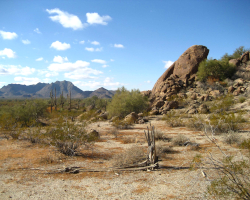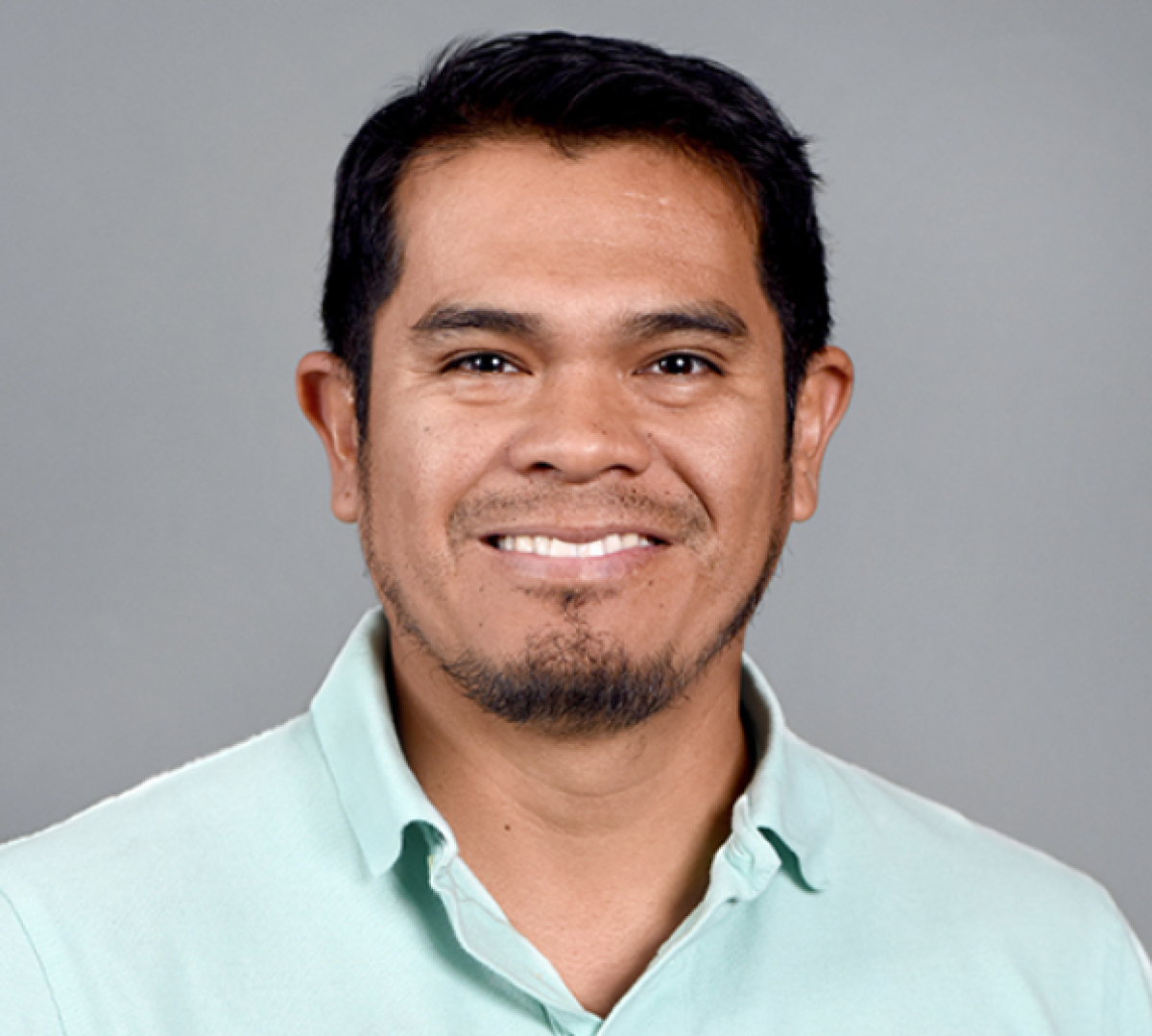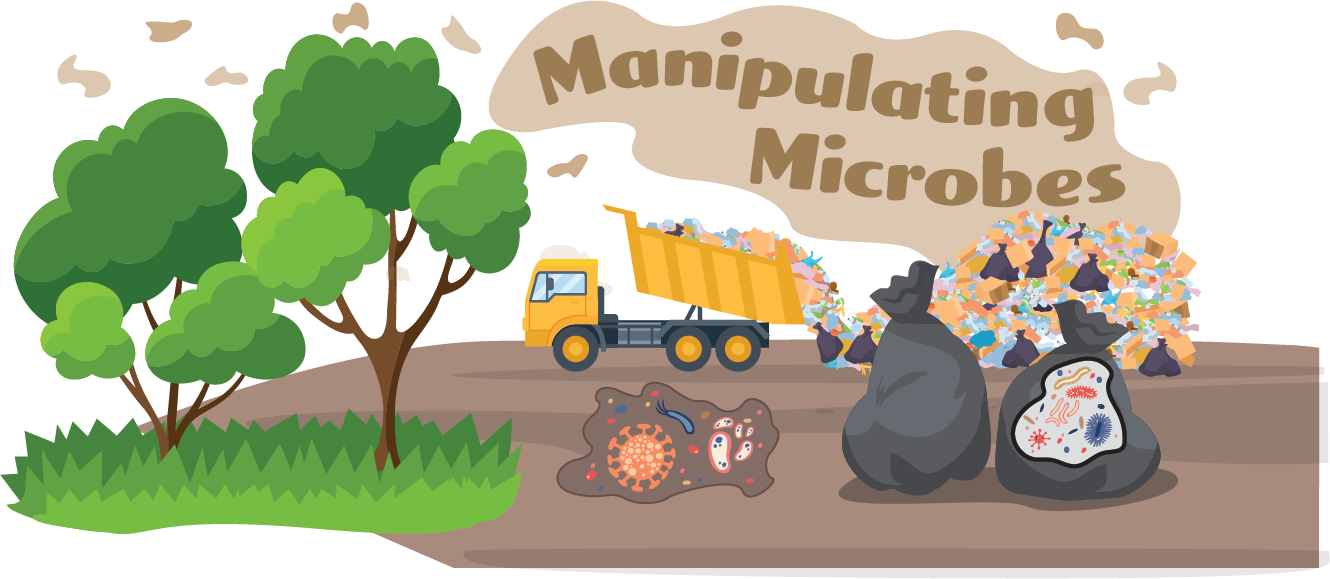Career Path for Hinsby Cadillo-Quiroz
Fast Facts:
- Number of years in school: 26
- Favorite class / subject: Biology and Chaos
- Hardest class / subject: Chaos Theory
- First Job: Teaching classmates in school
- Dream job as a kid: Medical doctor
- One word you would use to describe your current job: Gratifying
Exploring New Horizons

A young student sits in class in front of a black and chrome microscope. He carefully drops a bit of pond water onto a slide. He puts his slide on the platform and gently twists the knob of the microscope. The blur in the eyepiece starts to focus on a big commotion of moving creatures.
Some have strange extensions that may be many legs, some have antennae, and some look like cork screws, but that is just the start. Those were the big ones. Looking more carefully there are so many more, in all kinds of shapes and sizes. The creatures are darting and swimming around, performing a ballet of life in their own world.
The student watching them was Hinsby Cadillo-Quiroz, now a researcher at Arizona State University. Seeing those creatures was a life-changing moment for Cadillo-Quiroz. Since then, he has constantly pursued new worlds, whether across the globe or in piles of dirt. He sees his life and work like Forest Gump’s run—the purpose of the trip is the journey itself, and to discover new things and help others along the way.

Cadillo-Quiroz grew up and went to college in Peru—a country of bustling cities, steamy rainforests, rolling sand dunes, and some of the world’s best ceviche. He knew he wanted to experience new places, so he went to Cornell University in Ithaca, NY to continue college in grad school.
Cornell is a very different place from Peru. Cadillo-Quiroz’s new world consisted of rolling lawns near large stone buildings, trees that light up with fiery colors in autumn, and biting cold snow. Once he completed his education, he moved to Illinois and then Oregon to do research on a group of single-celled organisms: Archaea.
Though he enjoyed researching Archaea in lakes and ponds in a very green part of the country, he was offered an exciting job in Arizona. So, once again, Cadillo-Quiroz traded worlds; this time he moved from the green forests and humid air of Oregon to the dry, dusty desert of Phoenix. In his new position, Cadillo-Quiroz can show students all the worlds he has explored.
A Love of Learning and Exploring

Cadillo-Quiroz and a small group of students walk through the trees in the Peruvian Amazon. They step lightly over roots that catch their feet, as the canopy drips water on them like a gentle rain. Birds cause a racket overhead as small creatures race along the forest floor. Cadillo-Quiroz takes students to research greenhouse gases in the rainforest. They mainly focus on looking at how microbes affect carbon cycling. The students work with local people in Peru to do the research.
They walk through the jungle, around waterfalls, and paddle across large rivers and lakes in small boats to get to their research spot. There, they set up monitoring equipment, and secure it to trees so that a curious animal can’t walk off with it. At the end of the project, Cadillo-Quiroz trains his students to teach their discoveries to others. He believes that learning how to teach is just as important as learning how to ask questions.

Cadillo-Quiroz sees his research and teaching roles as a journey to discover new worlds and to teach others how to do the same. He believes in embracing change in his journey, like when he moved from Peru, to New York, to Oregon, to Arizona. He teaches his students to embrace change, because change brings new questions and experiments to the field.
Additional Images from Wikimedia Commons.
Read more about: Manipulating Microbes
Bibliographic details:
- Article: Career Path: Hinsby Cadillo-Quiroz
- Author(s): Dr. Biology
- Publisher: Arizona State University School of Life Sciences Ask A Biologist
- Site name: ASU - Ask A Biologist
- Date published:
- Date accessed:
- Link: https://askabiologist.asu.edu/career-path-hinsby-cadillo-quiroz
APA Style
Dr. Biology. (). Career Path: Hinsby Cadillo-Quiroz. ASU - Ask A Biologist. Retrieved from https://askabiologist.asu.edu/career-path-hinsby-cadillo-quiroz
Chicago Manual of Style
Dr. Biology. "Career Path: Hinsby Cadillo-Quiroz". ASU - Ask A Biologist. . https://askabiologist.asu.edu/career-path-hinsby-cadillo-quiroz
Dr. Biology. "Career Path: Hinsby Cadillo-Quiroz". ASU - Ask A Biologist. . ASU - Ask A Biologist, Web. https://askabiologist.asu.edu/career-path-hinsby-cadillo-quiroz
MLA 2017 Style

Hisby Cadillo-Quiroz isn't just a world traveler; he could also be called a world researcher. The work he does on the gases of peatlands helps us understand climate change and the future of our world.
Be Part of
Ask A Biologist
By volunteering, or simply sending us feedback on the site. Scientists, teachers, writers, illustrators, and translators are all important to the program. If you are interested in helping with the website we have a Volunteers page to get the process started.

